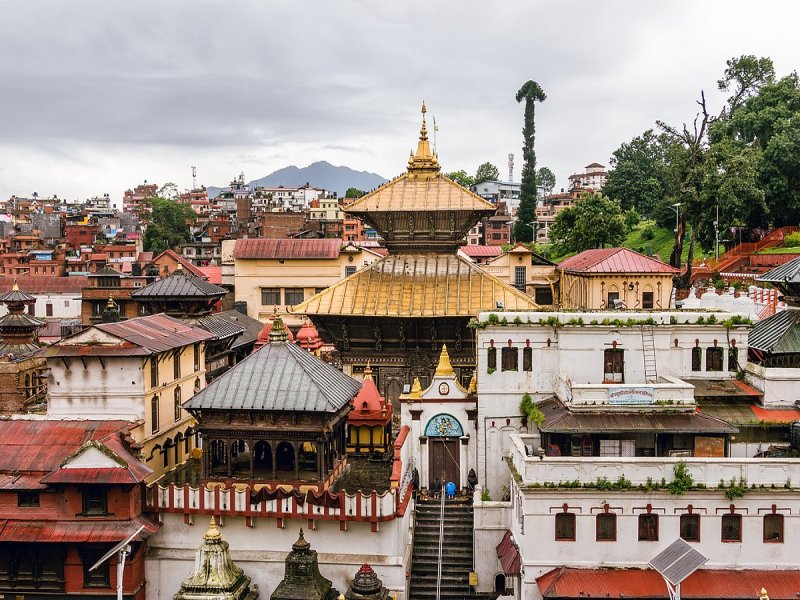The Pashupatinath Temple, one of Nepal’s most revered Hindu shrines, continues to draw thousands of tourists and pilgrims from around the world, contributing significantly to the country’s tourism industry. Located on the banks of the Bagmati River in Kathmandu, this UNESCO World Heritage Site is renowned for its intricate architecture, spiritual significance, and vibrant cultural atmosphere.
The temple, dedicated to Lord Shiva, is not only a major pilgrimage destination for Hindus but also a major tourist attraction due to its historical and cultural value. Visitors are often captivated by the temple’s stunning pagoda-style architecture, adorned with intricate carvings and gilded roofs. The temple complex, with its numerous shrines and the iconic golden spire of the main temple, offers a glimpse into Nepal’s rich religious heritage.
Tourists visiting Pashupatinath are also drawn to the daily rituals and ceremonies that take place within the temple grounds. The aarti (ritual worship) performed at the temple, especially during the evening, is a mesmerizing experience that highlights the spiritual fervor of the place. The sight of devotees and visitors alike participating in these rituals creates a vibrant and captivating atmosphere.
In addition to its religious and cultural appeal, Pashupatinath contributes to the local economy through tourism-related activities. Local vendors sell a variety of traditional handicrafts, religious artifacts, and souvenirs, providing visitors with a chance to take home a piece of Nepal’s heritage. The influx of tourists also supports local businesses, including hotels, restaurants, and transport services, thereby boosting the overall economic growth of the region.
Efforts are continuously being made to preserve and enhance the Pashupatinath Temple’s appeal as a top tourist destination. Recent initiatives include improving visitor facilities, enhancing the conservation of the temple’s historical structures, and promoting sustainable tourism practices to ensure that the site remains a vibrant and respectful place for future generations.
As Nepal continues to recover and grow its tourism sector, Pashupatinath Temple remains a cornerstone of the country’s tourism strategy, attracting visitors with its spiritual significance, cultural richness, and historical allure. Its role in boosting tourism underscores the importance of preserving and promoting Nepal’s unique cultural and historical treasures.






